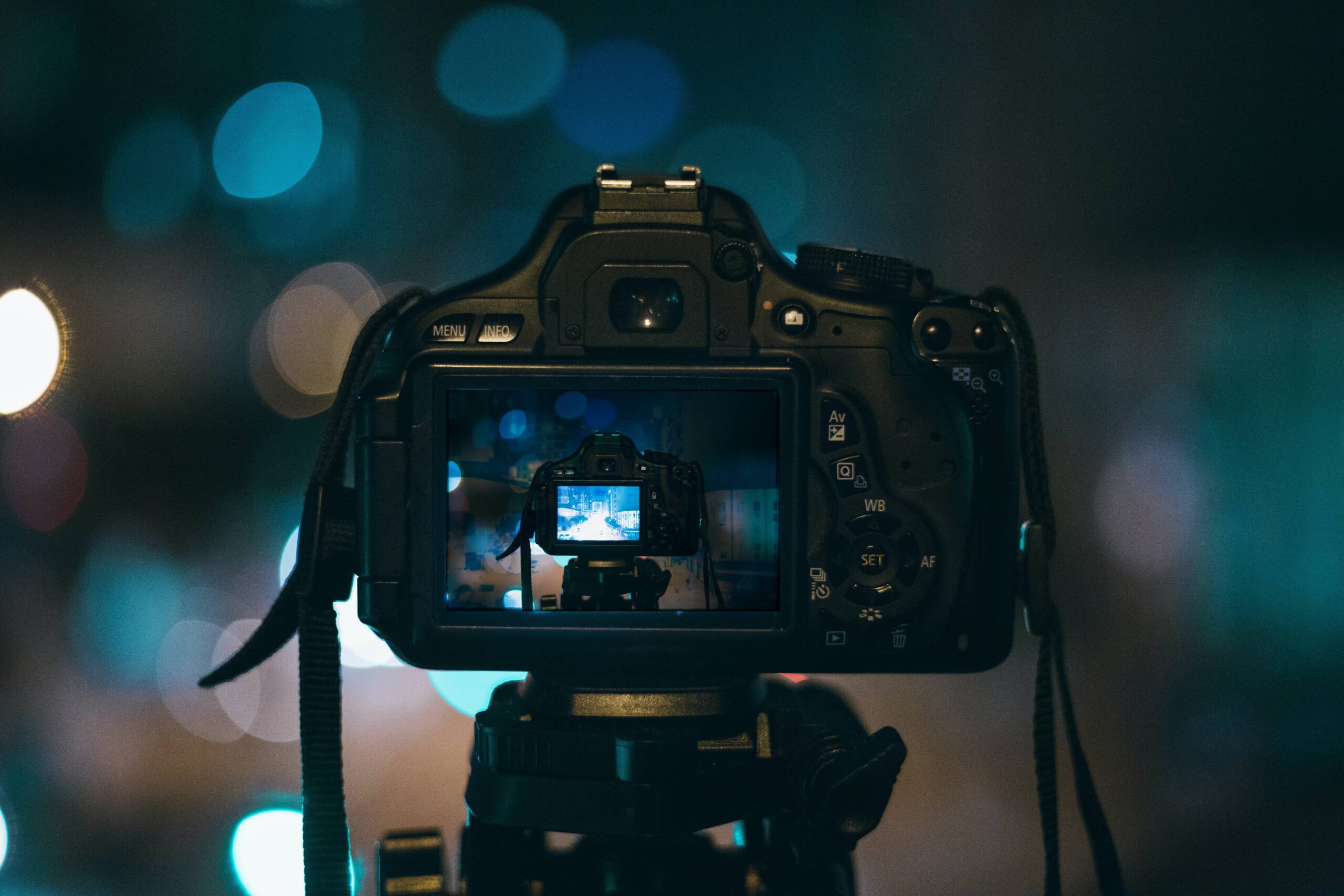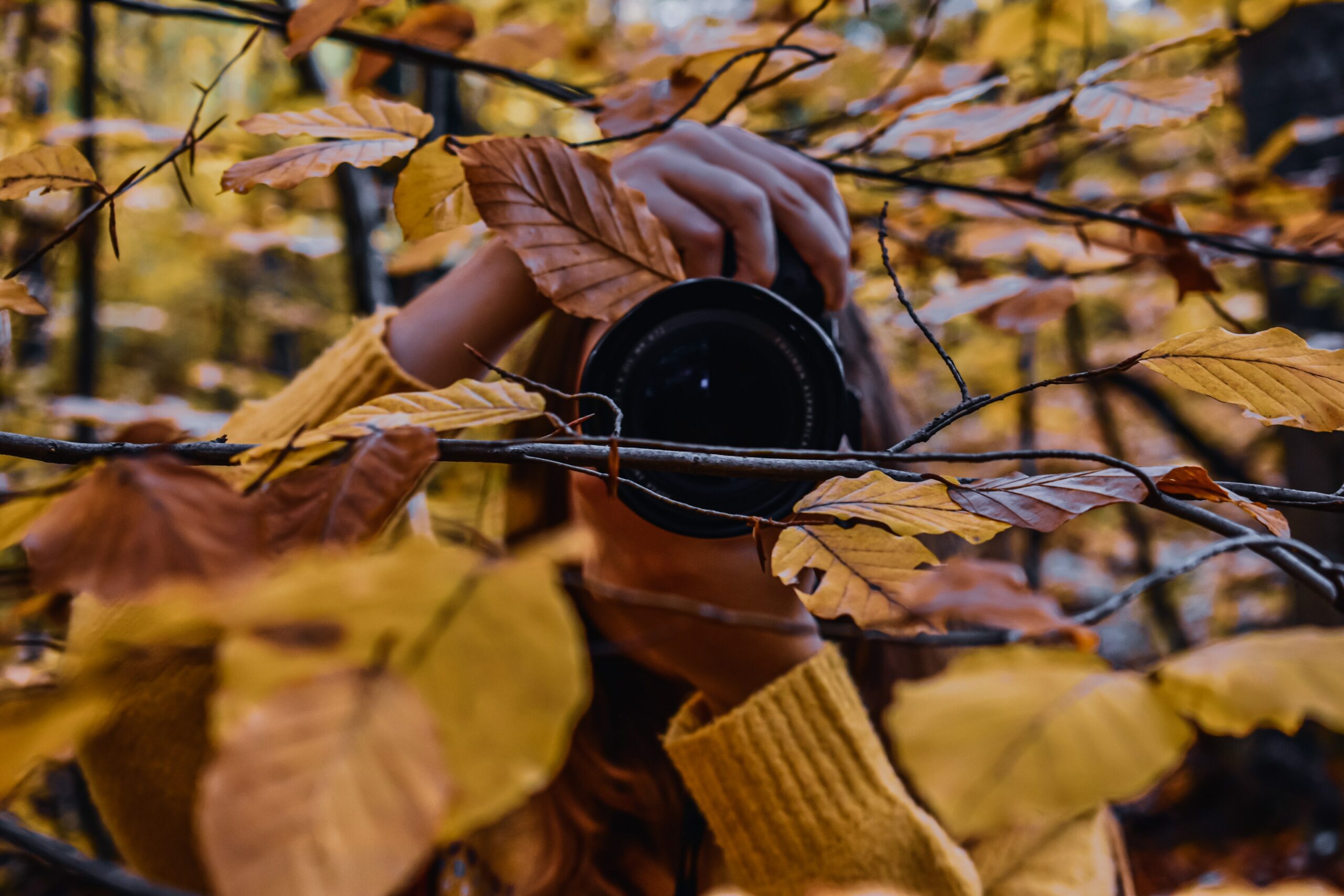Do you want to take your photography skills to the next level? Have you ever wanted to capture stunning images of wildlife in their natural habitat, or capture the intricate details of a flower petal up close? If so, then you need to try advanced life photography.
Advanced life photography is a technique that involves capturing the beauty of life in its natural form, whether it’s a bird in flight or a tiny insect crawling on a leaf. With the right equipment and techniques, you can create stunning images that capture the essence of life itself.
In this article, we’ll go through some tips and tricks to help you get started with advanced life photography. From selecting the right equipment to mastering the art of composition, We’ll see how you take your photography skills to the next level and capture images that truly inspire.
Photography has become the prime way to preserve and cherish memories in the modern era. Advanced life photography is a skill that requires tremendous amounts of practice and creativity. There is always something new to learn whether you are an expert at photography or a newbie who is just hopping into the field. This blog aims to brief you with tips, techniques and secrets to help to master the art of advanced life photography and take them up a notch.
Understand Your Equipment
Understanding your equipment is crucial for advanced life photography. It is better to be knowledgeable and familiar with your camera and lenses to make sure that you can make the most of your device. Familiarizing yourself with your equipment will help you take better photos in different scenarios and conditions.
It’s essential to pick a camera that suits your needs and preferences. Spend some time learning what your camera does, test out the features and experiment with different settings. Different scenarios require different settings, and understanding these features will help you make the necessary adjustments to capture better photos. By understanding your equipment and its capabilities, you’ll be able to capture life’s special moments with greater precision and creativity.
Lighting Techniques
Lighting plays an important role when it comes to photography. The lighting can affect your output drastically. It could basically make it or break it.
One of the most common lighting techniques used in life photography is natural light. This is the light that comes from the sun or other natural sources, such as a window. It is a great option for capturing candid shots or when you want to create a soft and natural look. If you are depending on natural light, consider the time of day and the direction of the light. For example, the golden hour, which is the hour after sunrise and the hour before sunset, can provide a warm and flattering light for portraits.
Another popular lighting technique for life photography is flash. Flash allows you to add light to a scene when natural light is not sufficient or when you want to create a dramatic effect. Consider minimising the reflections and the shadows formed when using flashes.
Additionally, artificial lighting, such as studio lights, can be used to create a specific mood or atmosphere in your shots. Understanding how to use different types of lighting can greatly enhance the quality of your photography.
Composition and Framing
Composition and framing are critical elements in life photography. The way you position your subject and the elements in the frame can make or break a photo. One of the most widely used techniques in the composition is the rule of thirds. It involves dividing the frame into thirds, both vertically and horizontally, and placing your subject at one of the intersection points. This creates a sense of balance and visual interest.
Leading lines are another technique used in the composition. They are lines that draw the viewer’s eye towards the subject. Examples of leading lines include roads, fences, or rivers. Using leading lines in your composition can create a sense of depth and dimension.
Depth of field is another aspect of composition that you should consider. It refers to the area of your photo that is in focus.
When capturing portraits, keep the subject’s eyes as the centre of focus. By understanding these composition techniques, you can take your life photography to the next level and create visually stunning images.
Capturing Emotion and Expression
Capturing emotion and expression is one of the most important aspects of life photography. Whether it’s a family portrait or a candid shot of a loved one, you want to be able to convey emotions and feelings at the moment. Timing is key when it comes to capturing emotion and expression.
One technique that can be helpful is to observe your subjects before you start taking photos. Perspective is another important aspect of capturing emotion and expression in life photography. Choosing the right perspective can help you convey the emotions and feelings of your subjects more effectively. Interaction is also key when it comes to capturing emotion and expression. You want to encourage your subjects to interact with each other, whether it’s through conversation or physical contact. This can help create a natural and relaxed atmosphere, which in turn can lead to more genuine and authentic expressions and emotions in your photos.
Post-Processing Tips and Techniques
Post-processing is an important part of image production. It can make or break the output result. It involves adding final touch-ups by using editing tools and software to get the desired effect. The most simple editing process is cropping and cutting the unwanted excess details and creating a more balanced image. This is particularly useful when your subject is off-centre or when there are distracting elements in the background.
Another simple trick is colour correction, where you will have to adjust the contrast, brightness, sharpness, saturation and hue, these can make the colours of the image pop and give a vivid look. This can be done either manually by using the edit sliders or by presets that can be used to achieve the desired look. The final post-processing tip can be to remove the red eye effect, wrinkles from the skin and any blemishes on the skin as well to achieve that flawless output.
Special Scenarios and Challenges
Special scenarios and challenges can arise when taking photos in a variety of settings, including family photos, school photos, portrait images, and other similar event images. Low-light photography has been a challenge for photographers since. It is important to understand the concept of how ISO works, increasing the ISO setting allows more light to enter the lens, thus more detail can be captured, but this can increase the noise of the image, thus with some editing this can be polished. To reduce noise, it’s recommended to shoot in RAW format and edit the image in post-processing software. Using a tripod can also be helpful in reducing camera shake and producing sharper images.
Another common challenge is photographing moving subjects, such as children or pets. Continuous autofocus can also be helpful in keeping the subject in focus as they move. When photographing children or pets, it’s also important to get down to their eye level to capture a more natural and engaging perspective.
Professional Tips and Secrets
Professional photographers have years of experience capturing special images and know the ins and outs of the trade. Their advice can be invaluable to beginners and experts alike. Professional photographers usually advise taking multiple shots of the same scenario, especially when it comes to portrait photography because small variations and expressions can change the complete output. By taking multiple shots, you increase your chances of getting the perfect shot that captures the emotion and essence of your subject.
Another tip shared by experienced photographers is to experiment with different angles and perspectives. Often, the most striking portrait photos are those that deviate from the norm and offer a unique and unexpected viewpoint. Try shooting for a lower angle so the subject may appear taller and dominant, or shoot from above to make the subject look smaller. Experiment with different lenses and settings and be open to learning and taking risks. You never know when you might stumble upon a winning shot that becomes a lifelong treasure.
Final thoughts
In conclusion, mastering the art of advanced life photography requires an understanding of your equipment, lighting techniques, composition and framing, capturing emotion and expression, and post-processing. It’s essential to experiment and practice with these techniques to develop your skills and achieve mastery in life photography. Remember to always continue learning and growing as a photographer, and don’t be afraid to try new things. With these tips, techniques, and secrets in mind, you’ll be on your way to capturing beautiful and meaningful special images, portrait photos, and other life moments for years to come.



